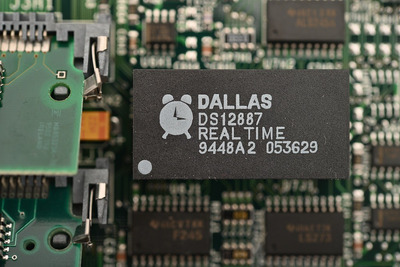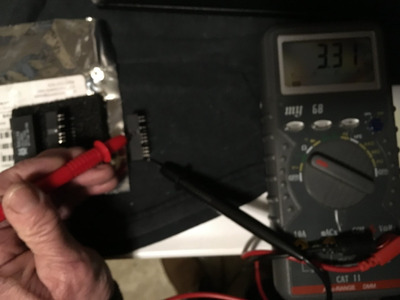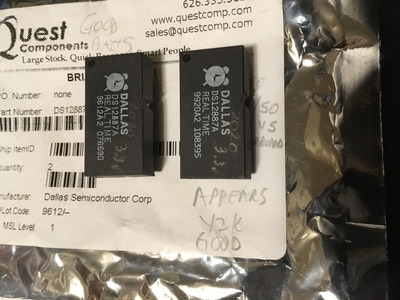First post, by mpe
Got Intel Batman motherboard.
I was just about to heat up my soldering iron to remove the DS12887 chip, but tried to turn it on first. At it looks like the original Dallas part with 1994 date code is still working. Remembers time / settings just fine between reboots for extended period of time.
All other motherboards with that old chip I've seen were long time dead. Batman is one of these board where it doesn't even boot without working cmos.
I wonder how is that even possible that 1994 battery still working in 2021? Anyone has same experience.


